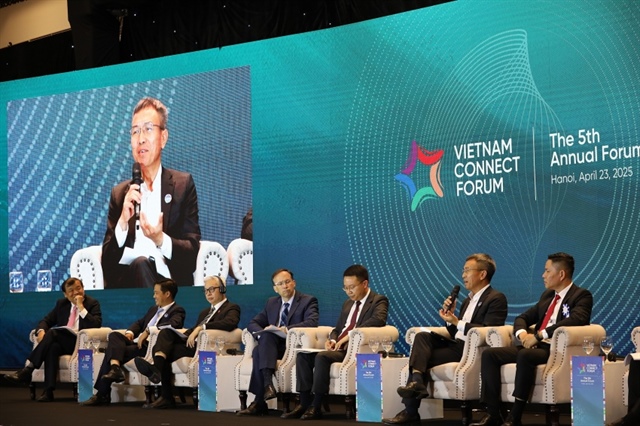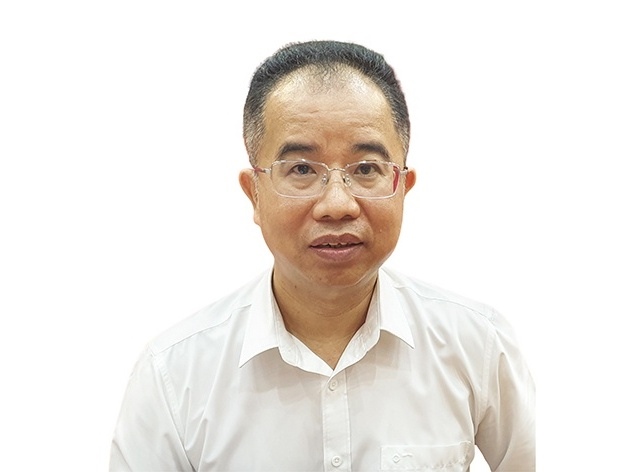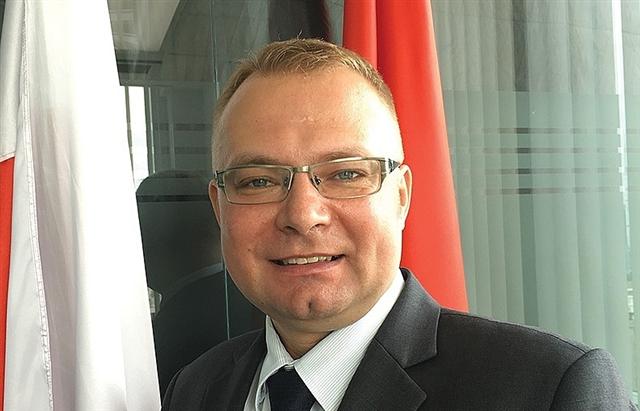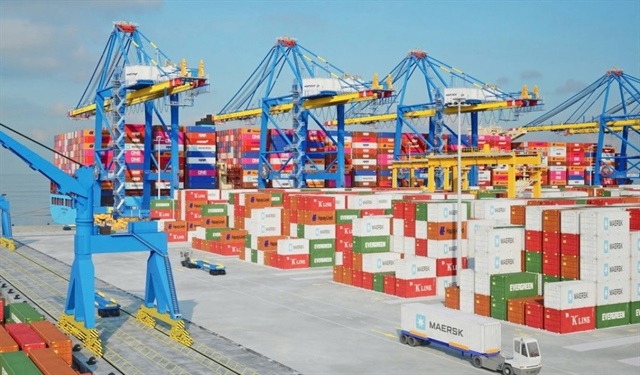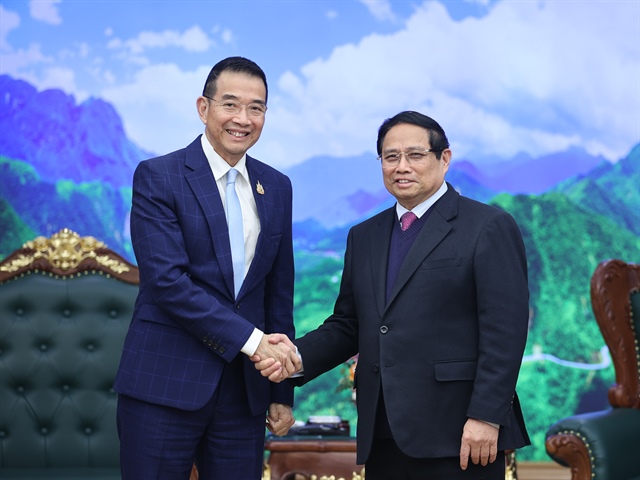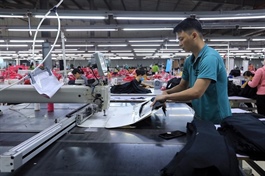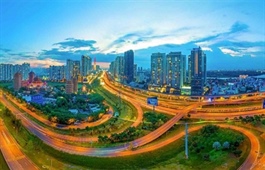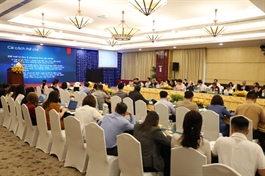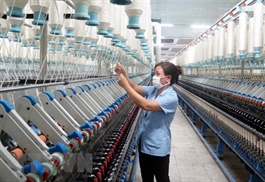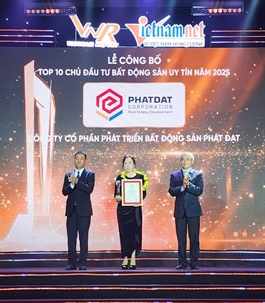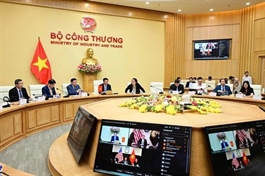Boosting high-tech FDI
Boosting high-tech FDI
To achieve rapid economic growth in the coming years, accelerating the attraction of high-quality, high-tech foreign investment, which currently accounts for only 5 per cent of the country's total inflows, requires a lot of effort and improvement to become a breakthrough driving force.
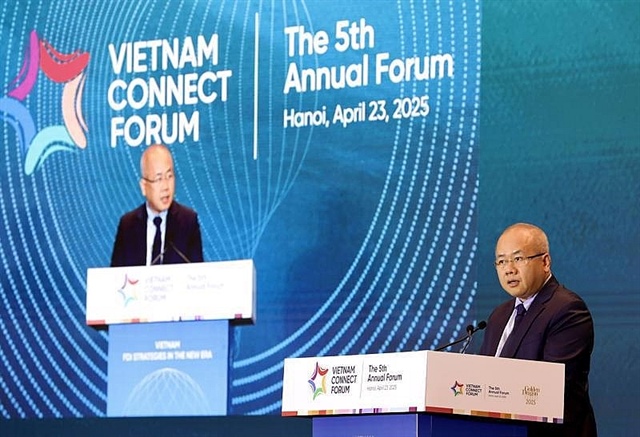
Deputy Minister of Finance Do Thanh Trung |
At last week's Vietnam Connect Forum 2025 in Hanoi, Lim Dyi Chang, country head of Commercial Banking at UOB Vietnam, said that Vietnam played a pivotal role in this evolving landscape as a destination and was a vital connector within the regional value chain.
“To fully capitalise on this position, Vietnam must evolve from being a capital recipient to a strategic partner in value creation,” he said. “In this new era, the success of Vietnam’s foreign direct investment (FDI) strategy should not be measured solely by the volume of capital inflows, but by how effectively that capital builds lasting value, strengthens industries, enriches communities, and contributes to regional progress. In this new era of FDI, Vietnam has a unique opportunity to position itself as a future-ready, high-value investment destination.”
There are 42,760 valid foreign - invested projects, with a total registered capital exceeding $510 billion as of the date, in the top 15 countries with high FDI inflows globally. However, Deputy Minister of Finance Do Thanh Trung said that only about 5 per cent of the total FDI poured into the high-tech sector, which is not commensurate with expectations.
“We cannot continue to compete by cheap labour or low-energy costs. Vietnam needs to move to a phase of selective investment attraction, prioritising industries with high technologies, using high-skilled human resources, and upgrading the value chain,” Trung said.
Koen Soenens, general sales and marketing director at DEEP C Industrial Zones, assessed that Vietnam's FDI inflows are still good, as evidenced by the positive results in the first quarter of this year compared to the same period last year.
“However, looking ahead, Vietnam cannot continue to rely on the low-value-added processing and assembly model to become a high-income country. Instead, the country needs to position itself as a destination for high-tech industries such as AI and semiconductors,” he said.
After Resolution No.50-NQ/TW of the Politburo was issued in 2019, FDI into Vietnam has changed significantly in quality, with the wave of investment in high-tech projects, electronics, semiconductors and AI getting stronger to call for more investment in high technologies, and sourcing technologies. However, the goal for the rate of enterprises using advanced technology, modern management, environmental protection to increase by 50 per cent by 2025 has not been achieved.
“Foreign - invested projects in high technologies have been going up, but they have not yet met expectations. The quality of investment is not high, and the number of projects in the upstream sectors is also not high. We need much more than that,” said Nguyen Anh Tuan, deputy director of the Foreign Investment Agency under the Ministry of Finance.
He said that FDI inflows should not only be selective and effective, but also must be linked to the domestic sector, so that double-digit growth of the country should be achieved in the future.
"Despite the positive results, when Vietnam's goal is double-digit growth, FDI mobilisation needs some more breakthroughs in capital quantity and in capital flow quality. We should remove bottlenecks of institutions, as well as build breakthrough policies to support new growth drivers, such as semiconductors and AI,” Tuan said.
|
Soenens from Deep C pointed out two major concerns and solutions. The semiconductor industry is very large and complex, including design, testing, and production. Vietnam should set achievable short-term goals, such as chip design or testing, rather than expecting to build wafer assembly plants in the next 5–10 years.
Furthermore, to attract high-tech investment, Vietnam needs to ensure conditions for green energy infrastructure and high-quality human resources that are still in short supply.
“These are key and special requirements for the high-tech industry. Vietnam still needs to make many efforts, but with a positive spirit and high determination, I believe everything can be achieved,” Soenens added.
To improve the quality of FDI inflows and realise the goal of a digital economy accounting for about 30 per cent of GDP by 2030, Nguyen Mai, former chairman of the Vietnam Association of Foreign-Invested Enterprises highlighted the need to increase public investment in research and development, promoting innovation and create favourable conditions for both domestic and foreign businesses, building R&D centres, and transferring technology, through tax incentives and financial support.
“Vietnam needs to transform its growth model towards relying on modern technology and high-quality human resources to increase national competitiveness; simplify investment licensing procedures, speed up project implementation and provide more support to businesses and investors during project implementation, especially when legal or operational difficulties arise,” he said.
Meanwhile, Chang from UOB Vietnam raised seven critical enablers that will determine whether Vietnam can sustain its position as a competitive and resilient FDI hub.
They are infrastructure readiness; a stable, transparent and efficient legal and regulatory environment; robust public - private partnership; an open and efficient capital market and financial ecosystem; a growing, upwardly mobile middle class; a strong commitment to sustainability and ESG standards; and an adaptive regulatory approach to the digital economy.
“In the new FDI era, Vietnam has a golden opportunity to become a strategic, high - value and future - ready investment destination. However, success cannot come only through promotion measures or policy reforms, it relies on the solid foundation of investment in infrastructure, people, trust, and transformation,” Chang said.
- 18:08 28/04/2025


